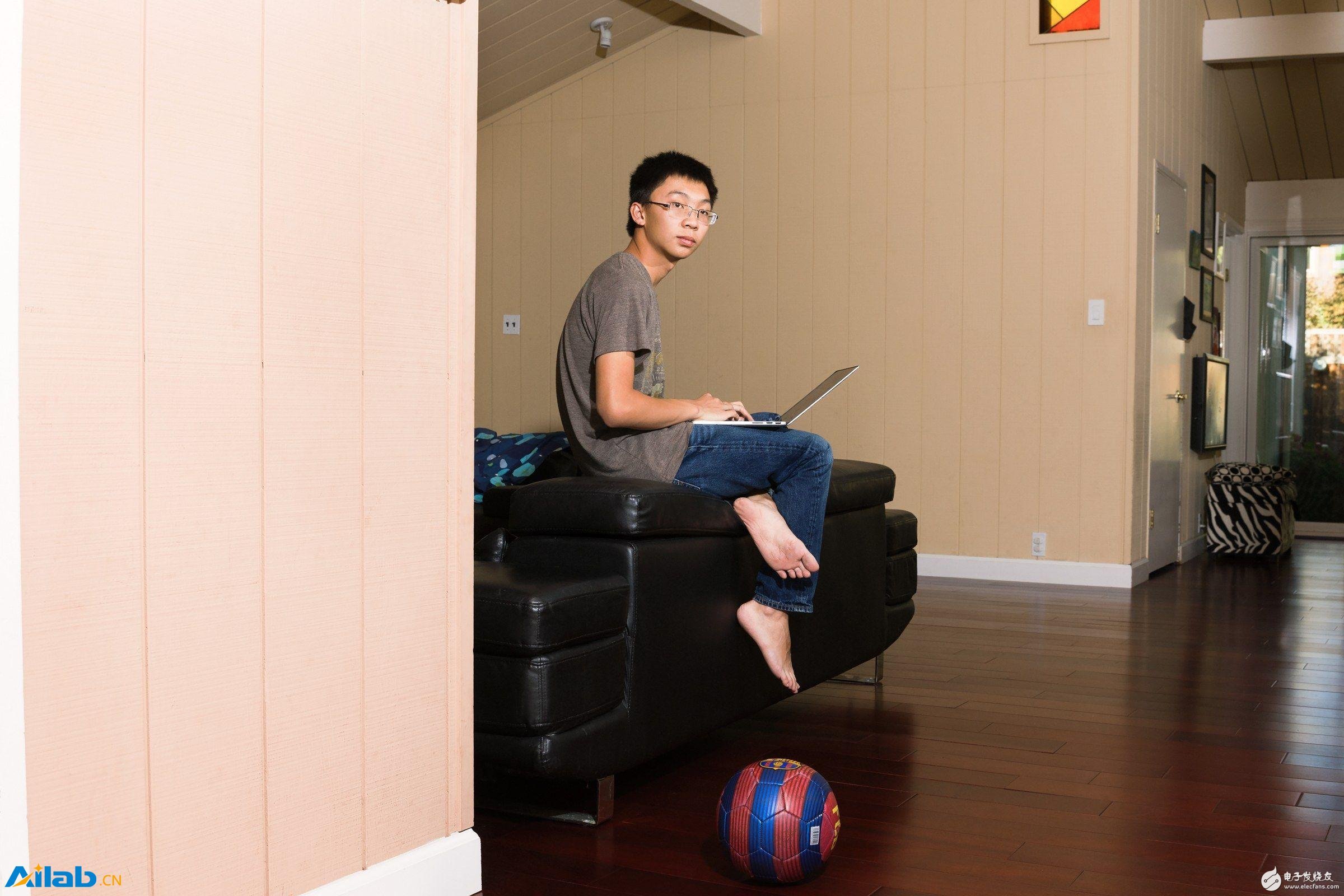OpenAI, a non-profit research laboratory, has published dozens of research papers since its inception two years ago. But an article they posted online on Thursday was slightly different: its first author is still in high school.
This genius is Kevin Frans, a high school student who is completing his college admission application. Two years ago, when he was only 15 years old, he completed his first neural network—the system that technology giants use to identify sounds or faces. Inspired by reports about Atari game software and Alpah GO board games, he has been reading and researching related papers and practicing them according to the description of the paper. Frans smiled and said: "I like to let the computer do things that you thought were impossible before." One of his works is an interactive web page that automatically draws line drawings based on the style of the comics.

Frans logged into OpenAI after learning about the lab's list of questions about some new ideas. He made some progress, but there were some problems that stuck him, and he gave OpenAI researchers John Schulman some advice. Schulman has been stagnant in trust policy policy optimization, but after seeing Frans' blog, he got a surprise. He said: "I didn't expect to receive these emails from a high school student."
Frans later met Schulman at the OpenAI interview. This summer, when Frans worked in the Mission District of San Francisco, he was the only intern who was not studying or earning a master's degree. He has begun to study a very difficult problem that hinders the development of robots and other artificial intelligence systems, that is, how can machines solve new problems using the methods they have learned before?
Humans can do this without thinking. Even if you are cooking for the first time, you don't need to relearn how to mix onions and flour. In contrast, every time a new problem is encountered, even if these problems have common elements, machine learning software usually needs to repeat its lengthy training process.
Frans and Schulman and three other new papers from the University of California at Berkeley report new developments in this issue. Frans said: "If this problem can be solved, it may be a big deal for robotics and artificial intelligence." He also developed an algorithm that can help virtual leg robots learn limb movements that can be applied to multiple tasks. Such as walking and crawling. In testing, the algorithm helps two-legged and four-legged virtual robots adapt to new tasks, including faster navigation. The video on OpenAI shows an ant-like robot that has been submitted to ICLR, one of the top conferences in machine learning. Schulman said: "Kevin's paper provides a new way of thinking about this problem, and the experimental results are beyond any previous proof."
Frans also participated in many computer-independent challenge sports, such as the Thai boxing black belt. His enthusiasm for artificial intelligence may come from his atmosphere at Gunn High School in Palo Alto, Calif., which is the heart of Silicon Valley. Frans said that he did not have the help of his parents when working on artificial intelligence projects, but he was not the only computer wizard in his family. His father worked on silicon design in the publicly traded semiconductor company Xilinx.
As you might think, Frans is a wizard. Olga Russakovsky is a professor at Princeton University who works in the field of machine vision. He said that it is very unusual to be able to make research contributions in machine learning so young. In general, she said, it is more difficult for students to try to study machine learning and artificial intelligence than courses such as mathematics or science. First of all, the improvement of computing power is a difficult point. When Frans' desktop computer was not enough to test his idea, he used his debit card to open an account on Google's cloud computing service to test the code he wrote. He also suggested that other children interested in machine learning should also try it. He said: "The best way is to go out and try it out and do it with your own hands."
Researchers in artificial intelligence are trying to get high school students to put forward their own ideas about artificial intelligence systems. Russakovsky is also one of these researchers. One reason is that people think that the field is currently too masculine, affluent and white. Russakovsky said: "Artificial intelligence is an area that will completely change everything in our society. We can't let it be built by a group that doesn't represent the whole society." She co-founded AI4ALL, a high school student with different backgrounds. A foundation that works with and learns from artificial intelligence researchers.
Back in Palo Alto, Frans has also been considering helping the next generation of artificial intelligence experts. He has a 7-year-old brother. "I think he is very interested in programming," Frans said. "Maybe when he grows up, I can help him."
Glass Display,High Transparency Led Glass Digital Screen,Glass Window Led Advertising Display,High Level Outdoor Glass Led Display
Kindwin Technology (H.K.) Limited , https://www.ktlleds.com